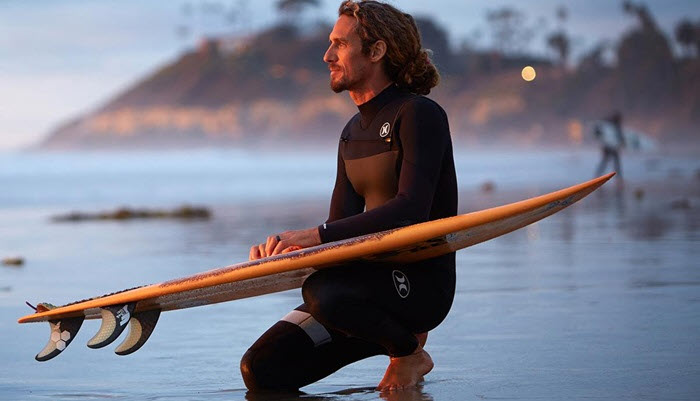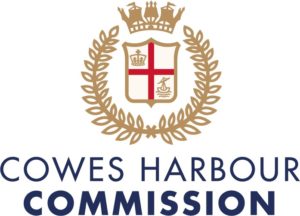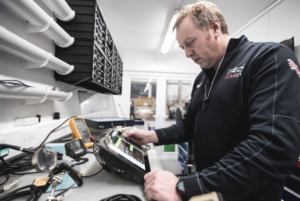Promoting the soul of sailing…

Published on March 5th, 2019:
Joe Cline is Editor of 48° North, which serves the Pacific Northwest sailing community. In his column for the February 2019 issue, he reflects on how sailing has missed the boat on embracing its soul.
Surfing, skiing, and sailing share something in common, beyond the necessity of water and liquid or solid state. These sports saw a huge increases in public popularity as the baby boomer generation came into adulthood.
For sailing, this coincided with the advent of fiberglass sailboats. Ski technology and chairlifts advanced the accessibility of alpine adventures, while surfing was aided by exposure in films and the broad appeal of surf culture.
Increasing participation and enthusiasm eventually drove the development of robust competitive offerings that brought the top performers into the structures of races and contests. Statistics are hard to find, but I get the distinct impression that participation in the competitive versions of these sports peaked in the 70s, 80s, and early 90s in the USA, and has since declined.
In the late 1990s and early 2000s, surfing and skiing, unlike sailing, had influential top athletes make public decisions to stop competing and instead pursue freeskiing and freesurfing – skiing or surfing how they want, where they want, with whom they want. Some were able to bring along sponsors and media attention, and new iterations of pro skiing and pro surfing were born.
The focus was on the art or style of their sport, travel to exotic locations, and often the camaraderie between groups of friends who shared this passion. Well known examples include skier Shane McConkey and surfer Rob Machado (above).
These athletes didn’t leave competition to go ski gentle cruisers or easy waves; they remained concerned with elite performance and challenging themselves, sometimes in extreme ways. Their influence grew and was like a permission slip for other enthusiasts to engage in the sport in a way that was personally fulfilling, ambitious, and non-competitive.
Nothing quite like this has happened in sailing. Certainly, lots of sailors get on the water on their own terms; but have high-profile professionals publicly illuminated similar non-competitive pathways for other sailors? What would a free sailing movement look like?
Free sailing would need to be pioneered by exciting and influential world-class sailors. Using the template from surfing and skiing, it would be location oriented destinations that are windy, relatively unknown, and exceedingly picturesque. For this reason, it seems logical that free sailors would sail small, portable, high-performance boats.
Imagine a friendly group of burgeoning free sailors – sailors of the Moth, 49er, or foiling catamarans – traveling the world to sail for themselves and the love of the sport. They push each other, progress, and develop their own styles; all while having a raucous good time, on and off the water (and perhaps being followed by a film crew).
It would be particularly noteworthy if it was truly the world’s best – young America’s Cup skippers like Kiwi Peter Burling, Australia’s Nathan Outteridge or Taylor Canfield of the USA. Yet, I’d still be keen to follow if it was some of our region’s most talented. How could sharing these experiences with the public not make everyone, particularly young people, inspired to get out on the water?
None of this is to detract from the value of competition. Freeskiers and freesurfers often point to skills honed in competition that enable their “free” adventures. However, this alternative pathway to express oneself through the sport of sailing – especially one that highlights the nexus of personal enjoyment, challenge, innovation, and camaraderie – could only be good for the sport.
For 48° North subscription information… click here.
Story by Scuttlebutt Sailing News










